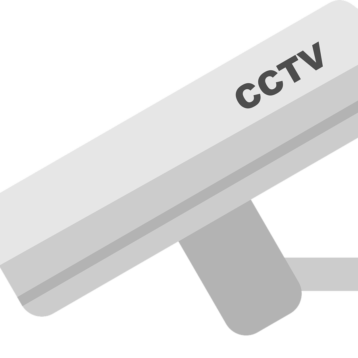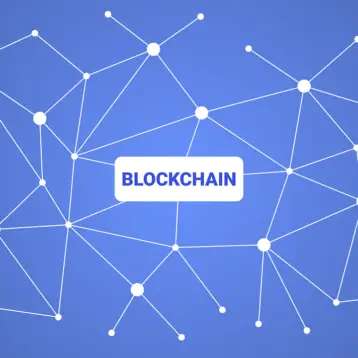
In today’s fast-paced world, time and efficiency are paramount, especially in route planning. This aspect is crucial across various sectors, from logistics to daily travel, where managing time effectively and optimizing routes for efficiency are key priorities. The emphasis on these elements reflects the growing need for streamlined and effective route planning in our increasingly mobile and connected world.
In the past, the main navigation tools were paper maps and intuition, but today, technology pushes to the fore, changing route planning into a more efficient, accurate, and dynamic process. Notably, the market size for GPS tracking devices, which is an important factor in route planning, was estimated to be worth $3.1 billion in 2023. It’s projected to reach a remarkable $5.7 billion by 2028, growing at a compound annual growth rate (CAGR) of 13.1% from 2023 to 2028. This growth is driven by factors such as the increasing demand for commercial vehicles, the development of compact and durable GPS tracking devices, and the rising popularity of cloud computing and IoT.
In this blog post, we will demystify the technological revolution in route planning processes by discussing its history, current technologies, benefits associated with adoption, challenges, and prospects. Let’s explore technological evolution in the world of route planning.
Technological Evolution of Route Planning
Route planning took a great turn from the use of paper maps and atlases. The advent of GPS technology was a really big milestone in that it enabled real-time location tracking and dynamic routing. Today, we live in an era where artificial intelligence and machine learning have ceased to be the buzzwords we thought they were. They’re becoming key components in route optimization, one that processes massive chunks of data to churn out the most efficient routing solutions.
Additionally, one of the important factors in modern route planning, especially using logistics and supply chain management, is the aspect of understanding and utilizing transportation management systems (TMS).
But what is a TMS? It is a platform that streamlines the management of the physical movement of goods. This piece of software is critical in logistics and transportation as it simplifies planning, execution, billing, and reporting, contributing to enhanced performance and cost-cutting.
The Main Technologies Used in Modern Route Planning
Technology has provided tools like GPS, AI, and ML, which are integral to the planning of routes. These allow for continuous analysis of real-time data integral to dynamic route optimization. Artificial intelligence, along with machine learning algorithms, assist in analyzing traffic patterns, weather, and road closures to suggest alternate routes that reduce time as well as travel costs.
These technologies further enable predictive analysis, where routing can be adjusted on a prior basis to avoid disruptions that may happen in the future. Moreover, they also support the scalability of logistics by adapting to varying sizes and scopes of routing requirements.
Technology-Based Approach to Route Planning: The Benefits
The impacts that technology brings to route planning are numerous. Technology largely minimizes travel time as well as the operational cost. For example, by using route optimization software, you can reduce miles and shave anywhere from 10% to 30% off fleet-operating costs.
Besides this, optimizing route planning contributes to reduced levels of emissions promoting environmental sustainability. It can also improve safety and reliability, ensuring that goods reach their destinations through the best and safest routes. Another advantage is increased customer satisfaction, enabling timely services and deliveries through this enriched technology approach.
Challenges and Considerations
Despite the apparent advantages, challenges do exist in utilizing technology for route planning. The biggest concern in route planning technology centers around data privacy. This happens because selecting the most efficient routes often involves tracking and storing location-sensitive information, which can be personal. This handling of sensitive data prompts questions about how it is protected and used, highlighting the need for robust privacy measures in route planning technologies.
In addition, routing can be clumsy or inefficient because of archaic or incorrect information, which can render such technologies futile. You also have to keep investing in constantly updating technology, and that would not go down well with many enterprises.
Future Trends and Developments
The future of route planning will remain exciting, with the new technologies of autonomous vehicles and advanced AI applications all set to provide a more sophisticated solution. These advancements promise to change even further the ways we plan routes and possibly bring to us levels of efficiency and convenience across the board never heard before.
Once IoT (Internet of Things) and smarter city infrastructures integrate, even more points of data for optimizing routes will probably become available, making adjustments a habit.

Conclusion
Route planning is indeed a task that technology has transformed. It guarantees efficiency, reliability, and adaptability in case conditions change. As we look forward to utilizing these technological advancements, life will continue shifting and developing with the adaptation of such tools into our day-to-day operations.










